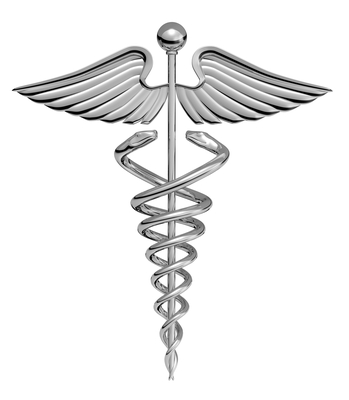Families who have just found out their child has a rare disease may have heard of the term “orphan drugs” but may struggle in understanding what it actually means. In simple terms, this is a specialized medication meant to treat rare diseases, which is supported by the United States Food and Drug Administration’s Office of Orphan Products Development. Here is a little more information on these drugs, the history of the market, and current concerns families may be facing.
Definition
An orphan drug is a drug that was developed and designed to treat a rare disease. Rare diseases are defined as diseases or medical conditions that affect 200,000 people or less around the world. In many cases, these diseases affect less than 20,000 people. For these patients, an orphan drug can mean the difference between a manageable life or death, and therefore these drugs are considered extremely important for healthcare purposes. These drugs are currently developed by biotech and pharmaceutical companies, who then make the drugs available on the open market after they have been approved by the Food and Drug Administration.
The Orphan Drug Act of 1983
In 1983, Congress passed the Orphan Drug Act, which was designed to encourage pharmaceutical companies to work on the research and development of drugs that would treat rare diseases. Under the ODA, as the legislation is known in America, drugs and vaccines qualify for orphan status only if they were designed to treat a rare disease. This is measured by how many reported cases of the disease exist in the country; if there are 200,000 or fewer cases in America, the drug can potentially be approved for sale on the open market. The act also covers Orphan Drug Exclusivity, also known as ODE, which allows the companies to qualify for seven years of support from the FDA, including tax credits and incentives based off of the drug’s efficacy during clinical trials.
Related: What Does The Office of Pharmacy Affairs Do?
Activism
There are several organizations that consistently lobby for access to the orphan drug market. The most notable is the National Organization for Rare Disorders, who lobbied successfully to get the ODA passed in the 1980s. There are several others, including rare disease associations and advocacy groups for infant and young childhood disease. There is also the Center for Orphan Drug Research, which is housed at the University of Minnesota’s College of Pharmacy, and the Keck Graduate Institute Center for Rare Disease Therapies, both of which focus on orphan drug research and providing supplemental support to pharmaceutical companies who need expertise in the field.
Economics
The orphan drug market has parallels to the pharmaceutical market, but there are key differences. One is that because this market is so small, both in terms of the patients in need of the medication and the companies who provide those medications, the prices for the drugs can be astronomical. In some cases, one year’s worth of medication can cost upwards of $1 million. This is possible because the drugs are necessary for treatment; on the other hand, the exorbitant prices often causes a burden to both insurance companies and families. Upon loss of exclusivity, or when two companies develop an orphan drug to treat the same disease, the prices fall dramatically. This has led many advocacy groups to call for more research and development of these drugs to even out the economic strain that this small market has on both providers and consumers.
Most Americans don’t spend much time thinking about rare diseases if it doesn’t affect their personal lives. This is understandable, but for families who are affected by these rare diseases know how critical it is that pharmaceutical companies do their best to find viable treatments. While this quick primer on orphan drugs does not cover the entire industry, it does stand as a good foundation for anyone doing research on this matter.
